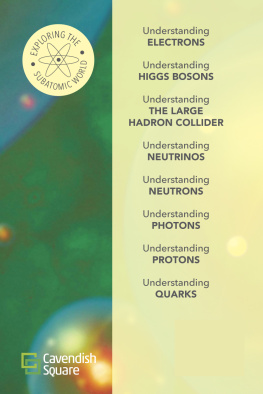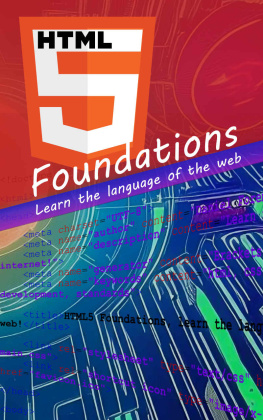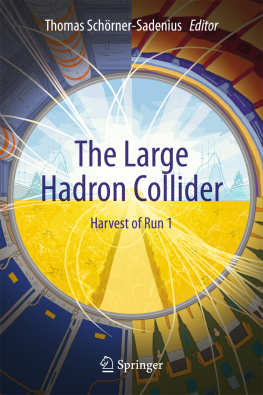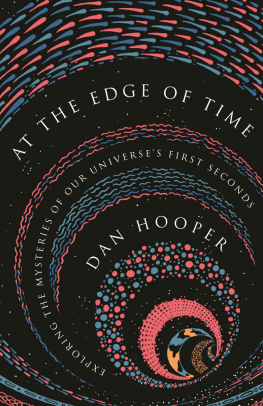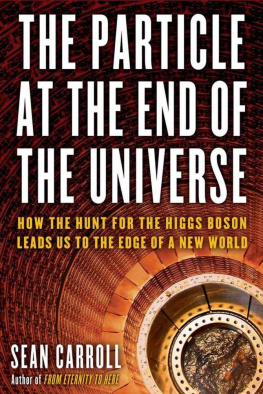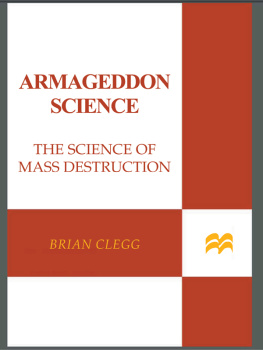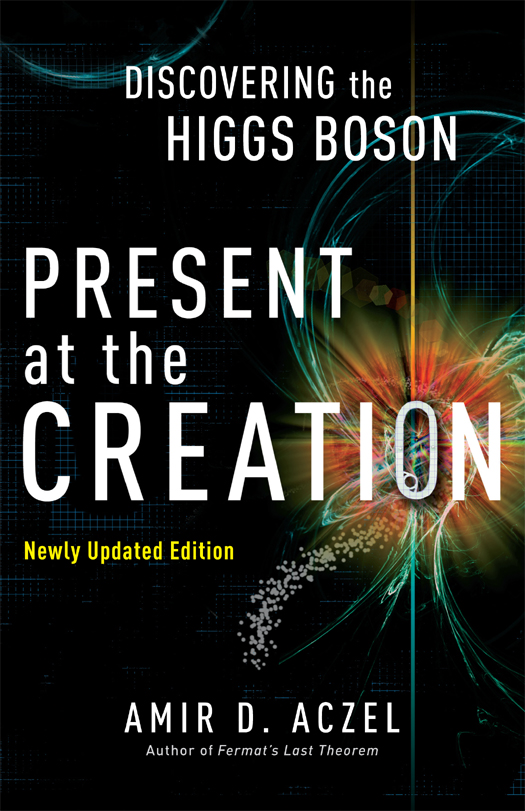Also by Amir D. Aczel:

Fermats Last Theorem
Probability 1
Gods Equation
The Mystery of the Aleph
The Riddle of the Compass
Entanglement
Pendulum
Chance
Descartes Secret Notebook
The Artist and the Mathematician
The Jesuit and the Skull
The Cave and the Cathedral
Uranium Wars

Copyright 2010 by Amir D. Aczel
All rights reserved.
Published in the United States by Broadway Paperbacks, an imprint of the Crown Publishing Group, a division of Random House, Inc., New York.
www.crownpublishing.com
BROADWAY PAPERBACKS and its logo, a letter B bisected on the diagonal, are trademarks of Random House, Inc.
Originally published in hardcover in slightly different form in the United States by Crown Publishers, an imprint of the Crown Publishing Group, a Division of Random House, Inc., New York, in 2010.
Grateful acknowledgment is made to Ruth Braunizer for permission to reprint a poem by Erwin Schrdinger written in 1942, which now serves as his epitaph. Translated into English by Arnulf Braunizer.
Library of Congress Cataloging-in-Publication Data
Aczel, Amir D.
Present at the creation : the story of CERN and the large hadron collider / by Amir Aczel. 1st ed.
p. cm.
Includes bibliographical references.
1. Large Hadron Collider (France and Switzerland)
2. Colliders (Nuclear physics) 3. European Organization for Nuclear Research. I. Title.
QC787.P73A29 2010
539.736094dc22 2010014835
eISBN: 978-0-307-59168-5
Cover design by Kyle Kolker
v3.1
For Miriam,
who loves physics
and marvels at the mysteries
of the universe
Contents
Appendix A:
How Does an LHC Detector Work?
Appendix B:
Particles, Forces, and the Standard Model
Appendix C:
The Key Physics Principles Used in this Book
Acknowledgments
Only once or twice in a lifetime may a writer encounter an opportunity with the potential to change worldwide understanding of science and in this way touch the lives of many people. The fantastic story of the Large Hadron Collider (LHC) at the international laboratory called CERN, near Geneva, Switzerland, and how it is changing the way we view the universe is such an opportunity for me, one that has gripped me and taken me on a passionate voyage of discovery. But the project of researching and telling this story would not have been possible without the help, care, encouragement, and enthusiasm of many individuals from around the world.
Researching this odyssey of science has been immensely rewarding for me, and I am very grateful to the many leading scientists who have been so generous with their time and effort in explaining to me in great detail their important contributions to knowledge as well as their ongoing work in science and their aspirations for the future.
These people include thirteen Nobel Prize winners in physics, and a score of other leading physicists, cosmologists, and mathematicians. They are, collectively, the crme de la crme of twenty-first-century physical science. I am grateful to all of them for their support, generosity, and interest in this undertaking.
Ive been very fortunate to be invited several times to visit CERN, and I thank my friend the mathematician, physicist, and intellectual Carlo F. Barenghi of Newcastle University for arranging my invitation to the laboratory. At CERN, my deep gratitude goes to the Italian physicist Paolo Petagna of the Compact Muon Solenoid (CMS) group for showing me around, introducing me to many scientists, and enabling me to study the minutest details of many of the components of the collider and its detectors, as well as sharing with me much of the history and the magic of CERN.
I thank Jack Steinberger, Nobel Laureate in physics, for telling me about his codiscovery of the muon neutrino, and for explaining to me the early history of the CERN laboratory. Also at CERN, I am very grateful to Fabiola Gianotti, spokesperson of ATLAS, for a discussion of the goals of the ATLAS collaboration and her life in physics. I am indebted to Peter Jenni, former ATLAS spokesperson, for information on the work of ATLAS. Also at ATLAS, my warm thanks go to Manuela Cirilli for showing me the ATLAS control room and telling me about her career in physics.
It is my great pleasure to acknowledge my debt to Guido Tonelli, the spokesperson of the CMS group at CERN, for making me feel so at home at his center, for explaining to me how the CMS detector works, and for sharing with me the dramatic results of particle collisions at 7 TeV as soon as they were obtained on March 30, 2010. I am very grateful to Stefano Redaelli for showing me how the LHC is controlled and telling me about his work at the CERN Control Center. I am grateful to Paola Tropea for showing me around the CERN Control Center, and to Peter Sollander for explaining to me the CERN cryogenics and the control of temperatures in the accelerators, as well as many aspects of the infrastructure of the great machine. I thank Jasper Kirkby for explaining to me the CLOUD project at CERN, and Roberto Corsini for showing me the prototype for CERNs next linear accelerator. I am grateful to Luis Alvarez-Gaume, head of the CERN Theory Division, for his time and for sharing with me his work and ideas, and I am thankful to the theoretical physicist John Ellis for suggestions and information about his work at CERN and for sketching for me a number of his famous penguin diagrams. My gratitude goes to the writer Rebecca Sara Leam and to communications director James Gillies of the CERN Communication Group for their interest in my work and for welcoming me to the center. I thank CERN for permission to reproduce a number of stunning images.
I am grateful to Leon Lederman, Nobel Laureate in physics, of Fermilab and the University of Chicago, codiscoverer of the muon neutrino, for telling me the details of his great achievements and sharing his scientific explorations.
I am greatly indebted to Steven Weinberg, Nobel Laureate in physics, for inviting me to visit him at the University of Texas at Austin and for explaining the fascinating story of his Nobel work on unifying the electromagnetic and the weak interactionsone of the greatest achievements in theoretical physics. My many thanks go to Gerard t Hooft, Nobel Laureate in physics, of Utrecht University, for enlightening me about his work on renormalizing gauge theories and his present work on the fundamental elements of quantum theory. I thank Sheldon L. Glashow, Nobel Laureate in physics, of Boston University, for sharing his work in theoretical physics.


